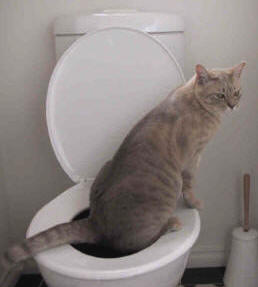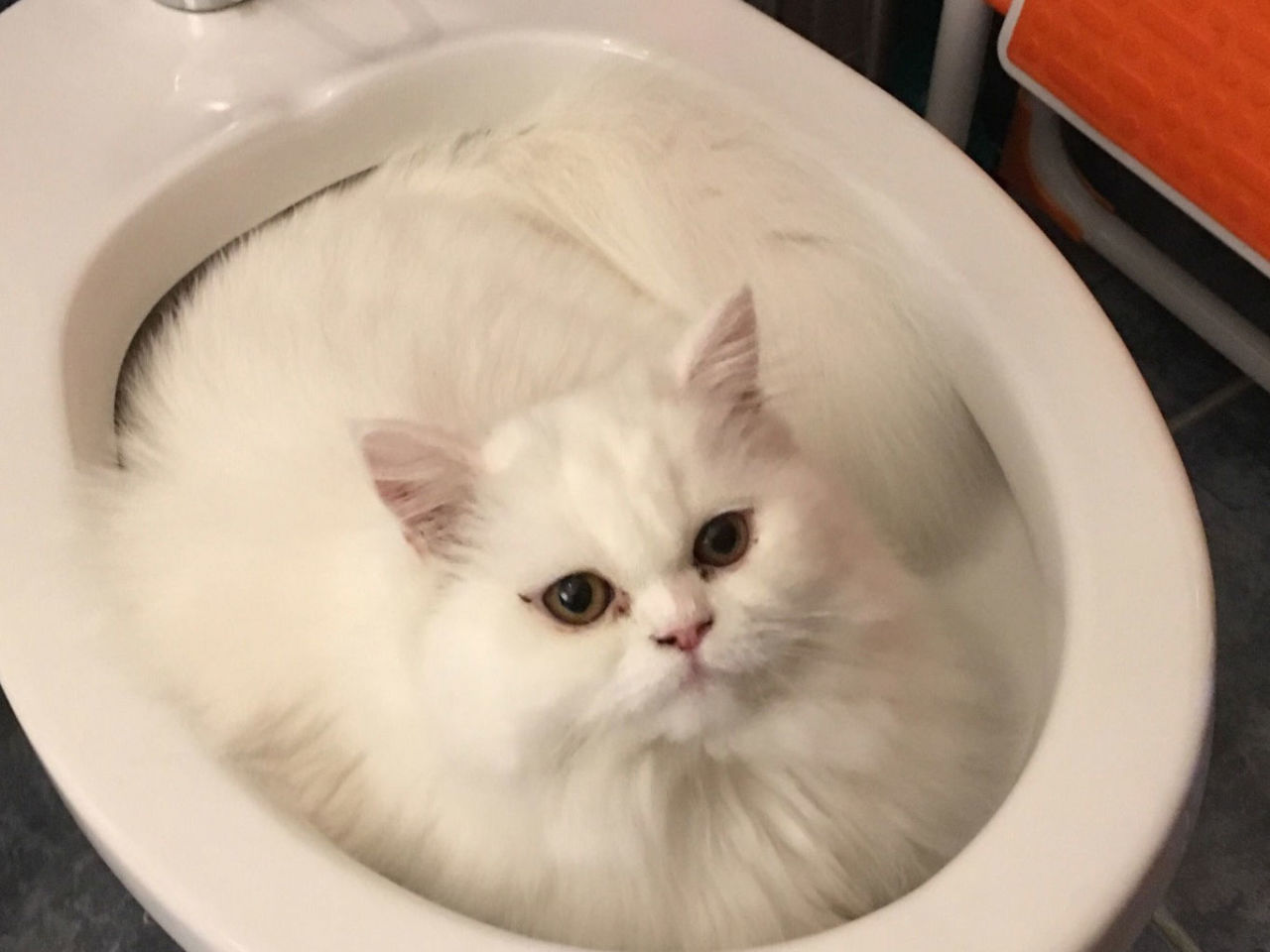Dangers of Disposing Cat Poop in Your Toilet - Precautionary Measures
Dangers of Disposing Cat Poop in Your Toilet - Precautionary Measures
Blog Article
Everyone may have their private opinion about Don’t flush cat feces down the toilet.

Introduction
As feline proprietors, it's essential to bear in mind just how we take care of our feline pals' waste. While it might seem hassle-free to flush pet cat poop down the bathroom, this practice can have damaging consequences for both the setting and human health.
Alternatives to Flushing
Luckily, there are safer and extra responsible means to deal with cat poop. Think about the following choices:
1. Scoop and Dispose in Trash
The most typical method of dealing with feline poop is to scoop it right into a biodegradable bag and throw it in the trash. Make sure to utilize a dedicated litter scoop and get rid of the waste immediately.
2. Use Biodegradable Litter
Select eco-friendly pet cat trash made from materials such as corn or wheat. These clutters are eco-friendly and can be safely taken care of in the garbage.
3. Hide in the Yard
If you have a lawn, consider burying pet cat waste in an assigned area far from vegetable gardens and water resources. Make certain to dig deep enough to prevent contamination of groundwater.
4. Install a Pet Waste Disposal System
Invest in a pet garbage disposal system particularly made for feline waste. These systems make use of enzymes to break down the waste, lowering smell and ecological influence.
Wellness Risks
In addition to environmental concerns, purging pet cat waste can additionally position wellness dangers to humans. Cat feces may have Toxoplasma gondii, a bloodsucker that can trigger toxoplasmosis-- a potentially extreme illness, especially for expecting ladies and individuals with damaged body immune systems.
Environmental Impact
Flushing cat poop introduces dangerous pathogens and parasites right into the supply of water, posing a considerable risk to water environments. These pollutants can negatively affect marine life and compromise water top quality.
Final thought
Accountable pet possession prolongs past offering food and sanctuary-- it likewise includes proper waste management. By refraining from purging feline poop down the toilet and selecting alternate disposal techniques, we can decrease our environmental impact and safeguard human health.
Why Can’t I Flush Cat Poop?
It Spreads a Parasite
Cats are frequently infected with a parasite called toxoplasma gondii. The parasite causes an infection called toxoplasmosis. It is usually harmless to cats. The parasite only uses cat poop as a host for its eggs. Otherwise, the cat’s immune system usually keeps the infection at low enough levels to maintain its own health. But it does not stop the develop of eggs. These eggs are tiny and surprisingly tough. They may survive for a year before they begin to grow. But that’s the problem.
Our wastewater system is not designed to deal with toxoplasmosis eggs. Instead, most eggs will flush from your toilet into sewers and wastewater management plants. After the sewage is treated for many other harmful things in it, it is typically released into local rivers, lakes, or oceans. Here, the toxoplasmosis eggs can find new hosts, including starfish, crabs, otters, and many other wildlife. For many, this is a significant risk to their health. Toxoplasmosis can also end up infecting water sources that are important for agriculture, which means our deer, pigs, and sheep can get infected too.
Is There Risk to Humans?
There can be a risk to human life from flushing cat poop down the toilet. If you do so, the parasites from your cat’s poop can end up in shellfish, game animals, or livestock. If this meat is then served raw or undercooked, the people who eat it can get sick.
In fact, according to the CDC, 40 million people in the United States are infected with toxoplasma gondii. They get it from exposure to infected seafood, or from some kind of cat poop contamination, like drinking from a stream that is contaminated or touching anything that has come into contact with cat poop. That includes just cleaning a cat litter box.
Most people who get infected with these parasites will not develop any symptoms. However, for pregnant women or for those with compromised immune systems, the parasite can cause severe health problems.
How to Handle Cat Poop
The best way to handle cat poop is actually to clean the box more often. The eggs that the parasite sheds will not become active until one to five days after the cat poops. That means that if you clean daily, you’re much less likely to come into direct contact with infectious eggs.
That said, always dispose of cat poop in the garbage and not down the toilet. Wash your hands before and after you clean the litter box, and bring the bag of poop right outside to your garbage bins.
https://trenchlesssolutionsusa.com/why-cant-i-flush-cat-poop/

I have been very drawn to How to Dispose of Cat Poop and Litter Without Plastic Bags and I am praying you appreciated our blog post. Don't hesitate to take a moment to promote this post if you enjoyed reading it. I treasure reading our article about How to Dispose of Cat Poop and Litter Without Plastic Bags.
Get Estimate Report this page